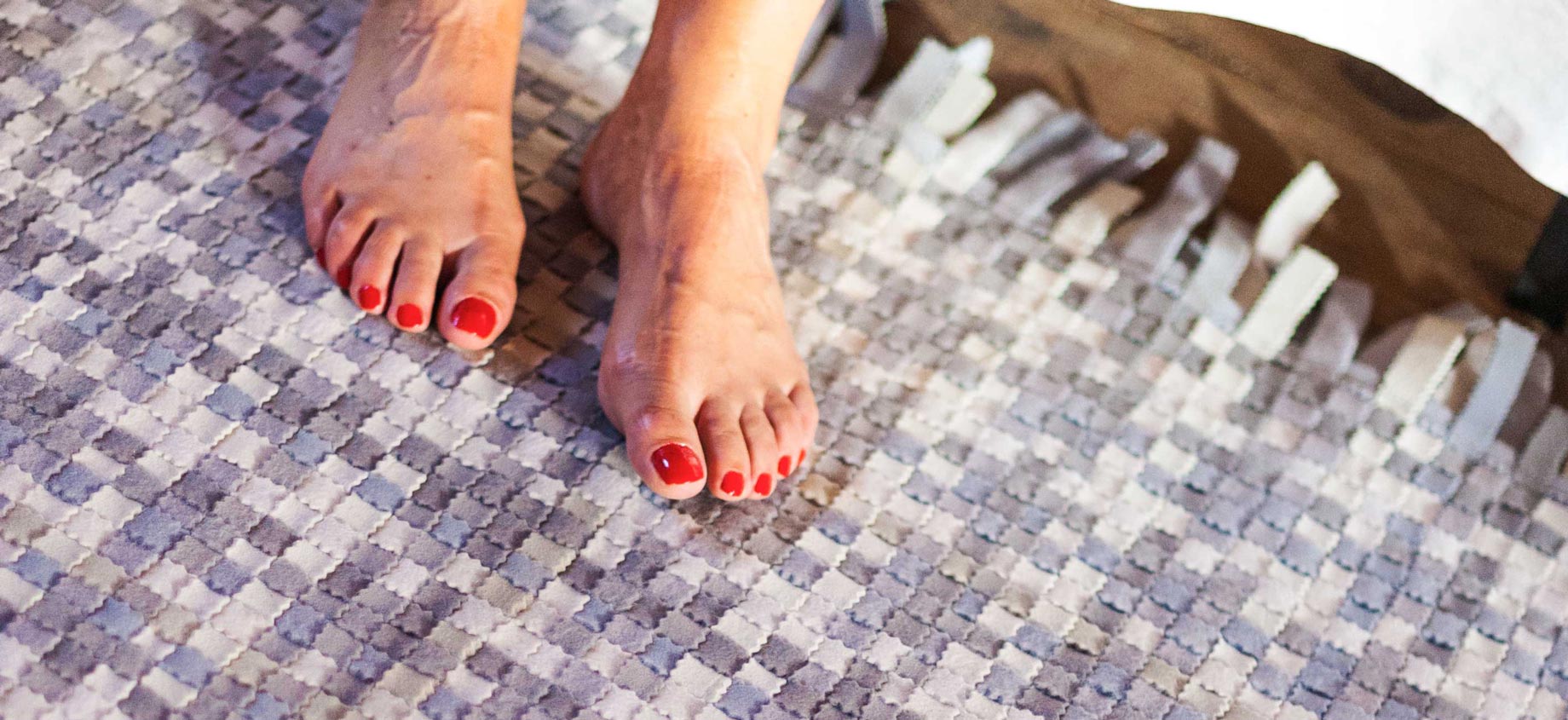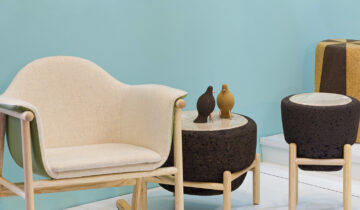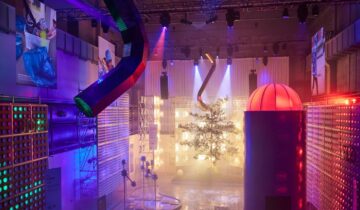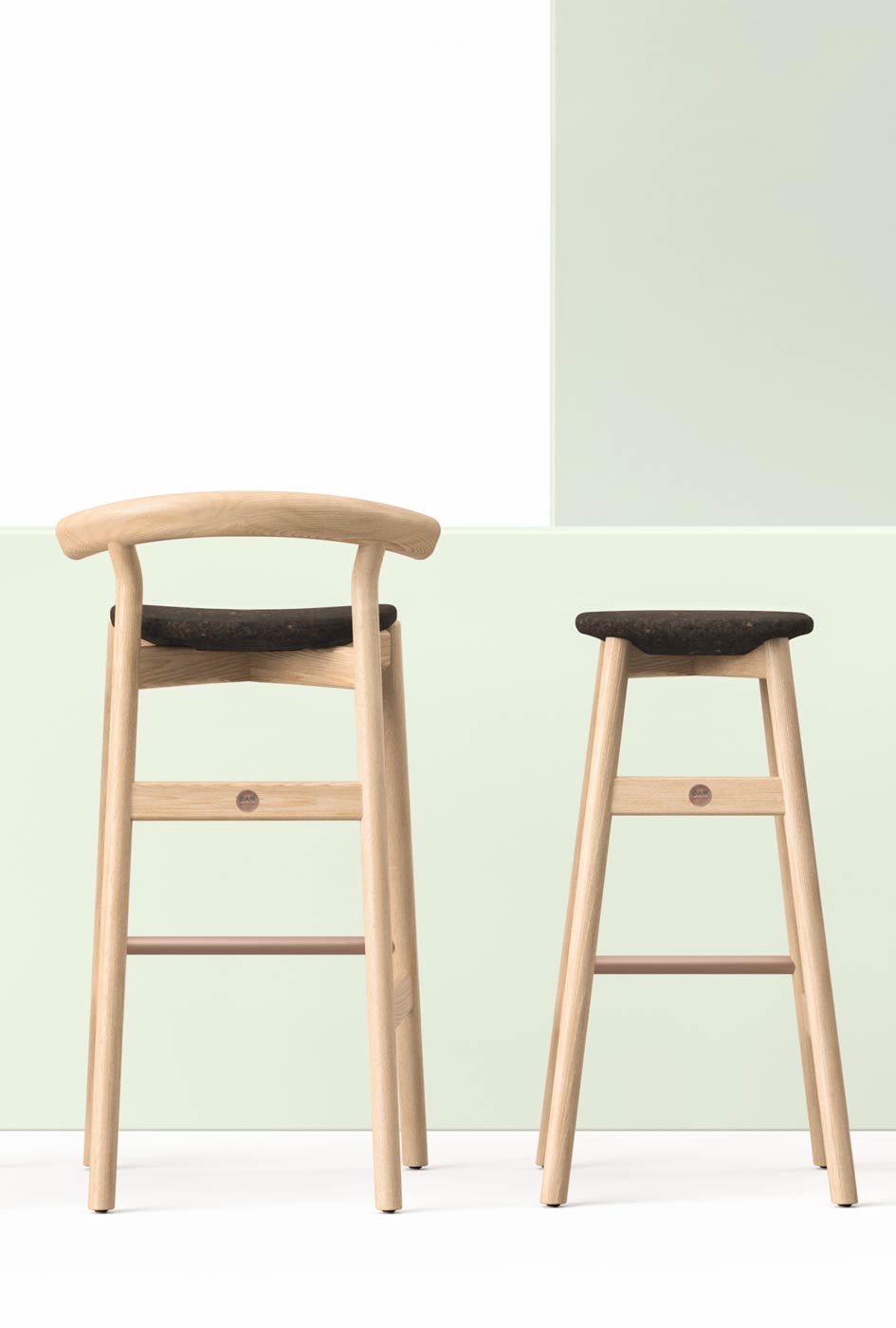Feltrando’s craftsmanship: Eco Design at Lisbon Design Week
In the heart of Lisbon, the Lisbon Design Week (LDW) brought together the vibrant and innovative design community of Portugal. One of the highlights of this annual event is the Mini Design Summit, hosted at the National Museum of Contemporary Art (MNAC). Organised by Portugal Faz Bem, this summit gathers renowned designers to explore the rich tapestry of Portuguese design. Among these talents is Filomena Almeida, the creative force behind Feltrando, a brand that exemplifies the fusion of traditional craftsmanship and modern sustainable practices.
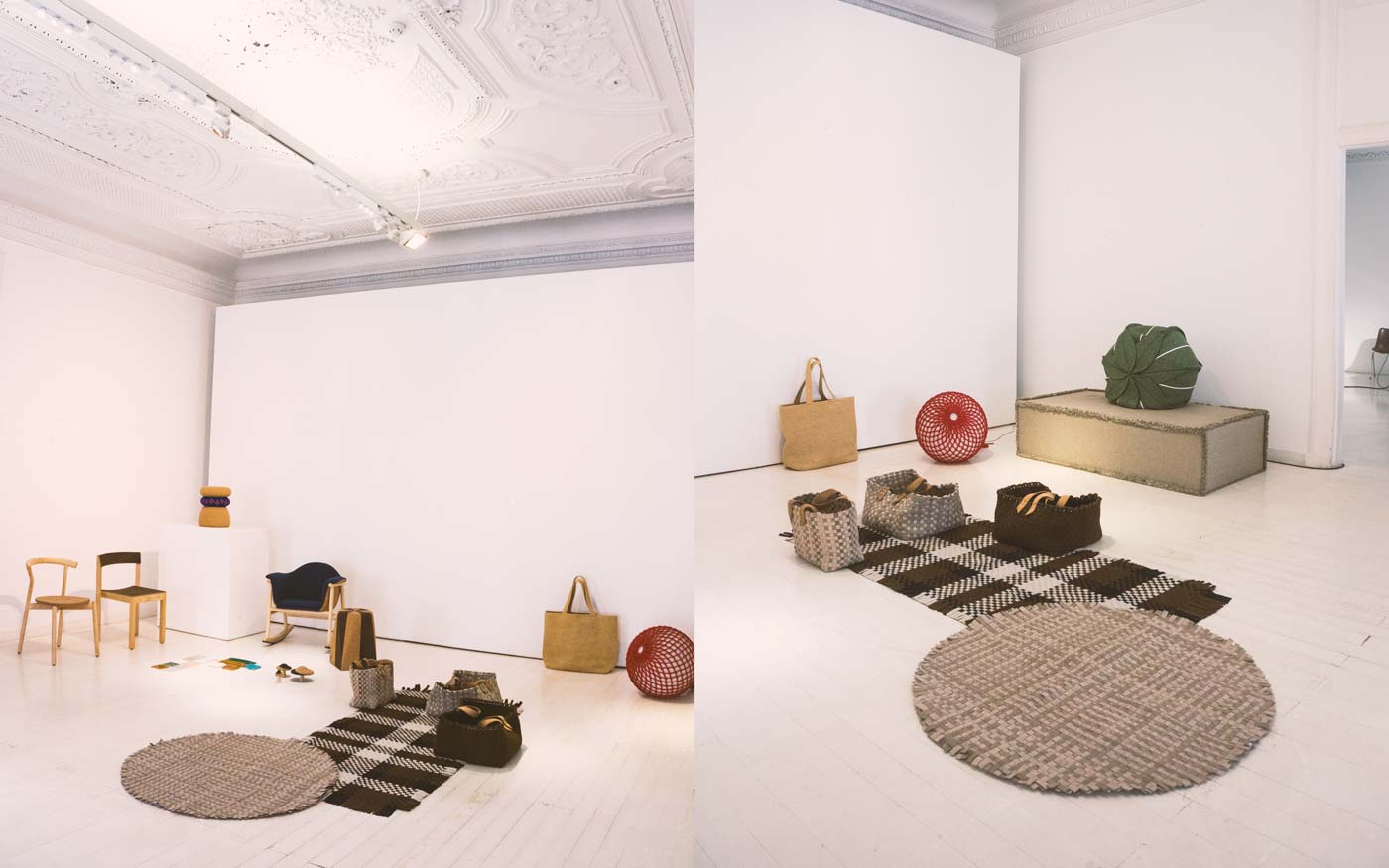
From Sculpture to Sustainable Craftsmanship: The Journey of the Artisan
Filomena Almeida is not just an artisan; she is a sculptor who has transitioned her artistic prowess into the world of sustainable felt craftsmanship. Her work with Feltrando stands as a testament to her dedication to eco-design, local heritage, and circular economy principles. In this interview, Filomena shares her journey from sculptor to artisan, her deep connection to São João da Madeira’s industrial legacy, and the creative processes behind her unique felt creations that contribute to a greener future.
1. How has your training in sculpture influenced your approach to the work at Feltrando? And what were the challenges of that transition?
R: I believe it is the result of a combination of several factors, ranging from my childhood aptitude for moulding jungle animals in clay, even before learning to read, to being surrounded by all kinds of tools in my father’s garage. This, combined with curiosity and interest in everything, led to a conscious choice to study and produce sculpture. All this experience, both technical and conceptual, has been crucial in my work at Feltrando. As a sculptor, I worked with and teached about materials in a more academic context, such as stone, wood, and metals. Introducing felt was very natural for its cultural, emotional, and technological aspects — it became my preferred sustainable material.
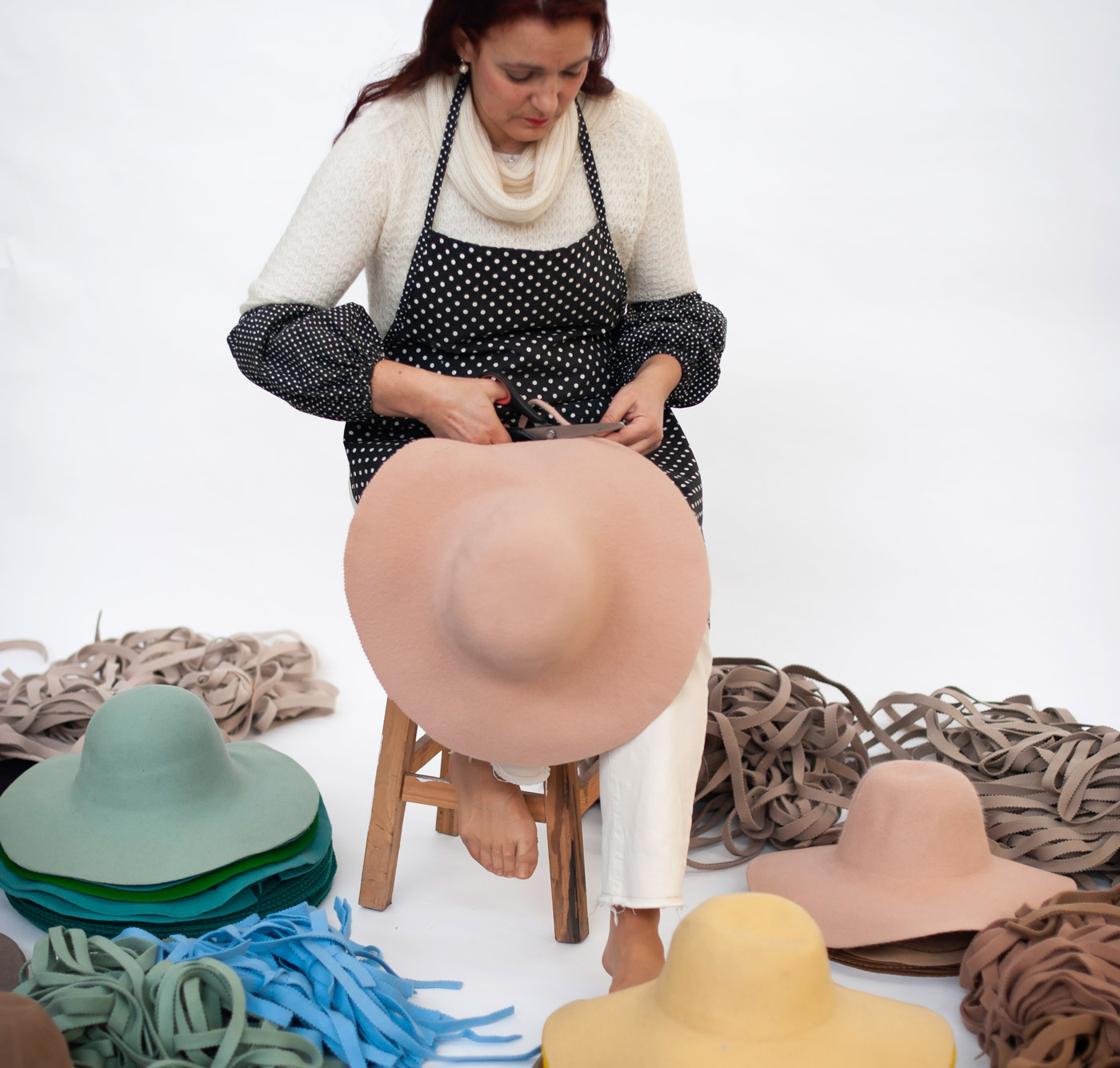
2. How does your personal and emotional connection to the industrial legacy of São João da Madeira shape the identity and mission of Feltrando?
R: During my various work trips as a sculptor and my interactions with colleagues and cultures related to felt, my interest in working with this material grew stronger. I had my first bag of felt strips at the age of 6. My curiosity led me to peek through the window into the street and see my grandmother handling colourful strips that seemed like a small bag, which she eventually gave to me. This sparked my interest in the material. Years later, after becoming a sculptor, I reconnected with felt as a textile material to work with my design students at the CEP in Porto. It was during this time that I was invited by Valência Trilho of SCMSJM to be an instructor at the Occupational Sculpture Workshop, which later became the Feltrando Workshop in 2012.
3. How is the balance between preserving local tradition and fostering innovation and creativity maintained? And what specific elements of local culture do you find important to interpret?
R: With a lot of work and research, which is one of the pillars of being an artist or designer. My motto is always to investigate, research well, and understand the tradition or legacy related to felt and see how I can bring it to the present through the lens of sustainable design. This requires thorough investigation and research to achieve the best result in the final product, up to its communication. It was Mrs. Fátima, who lived on the street I took to primary school in Cucujães, who gave me my first bag of strips.
4. How does Feltrando’s location in São João da Madeira contribute to the local community and the region’s economy?
R: Several factors contribute to Feltrando being based in SJM. Firstly, it started as an occupational workshop by Valência Trilho of SCMSJM. Secondly, the best felt in the world is produced at FEPSA, our supplier. Thirdly, after winning the ORA, we were incubated at OCF. Lastly, the concept of the Miss Olive bag combines the imagery of various industries, both past and present, of SJM—footwear, hat making, and the Oliva foundry industry. It is also in SJM that it finds its suppliers and services for production, contributing to the circular economy.
5. What were the main challenges in the production process and working with the brand during the development of the Varina wheel for DAM?
R: Conceptually, the approach was natural because I remembered that my grandmother used rodilhas decorated with felt strips. It was plausible that felt would be used due to its excellent resistance to wear and plasticity for decorative motifs. The challenging part of this joint process with DAM was choosing and combining the colours for the decorative part, as well as addressing some technical issues to secure the felt strips in a cylindrical shape.


6. What is the origin and the most common raw materials you use in your felt projects, and why do you choose them?
R: Our primary raw material is felt, and the name Feltrando comes from the gerund form of the verb “to felt”. We work exclusively with felt from FEPSA, which has been our partner from the beginning and produces the best felt in the world. Regarding the other materials used in our products, as mentioned before, they belong to the industrial heritage of São João da Madeira—leather and metal fittings, which are easily accessible with a variety and quality that has improved over the years. We source from this network to contribute positively to the local economy and promote sustainable practices.
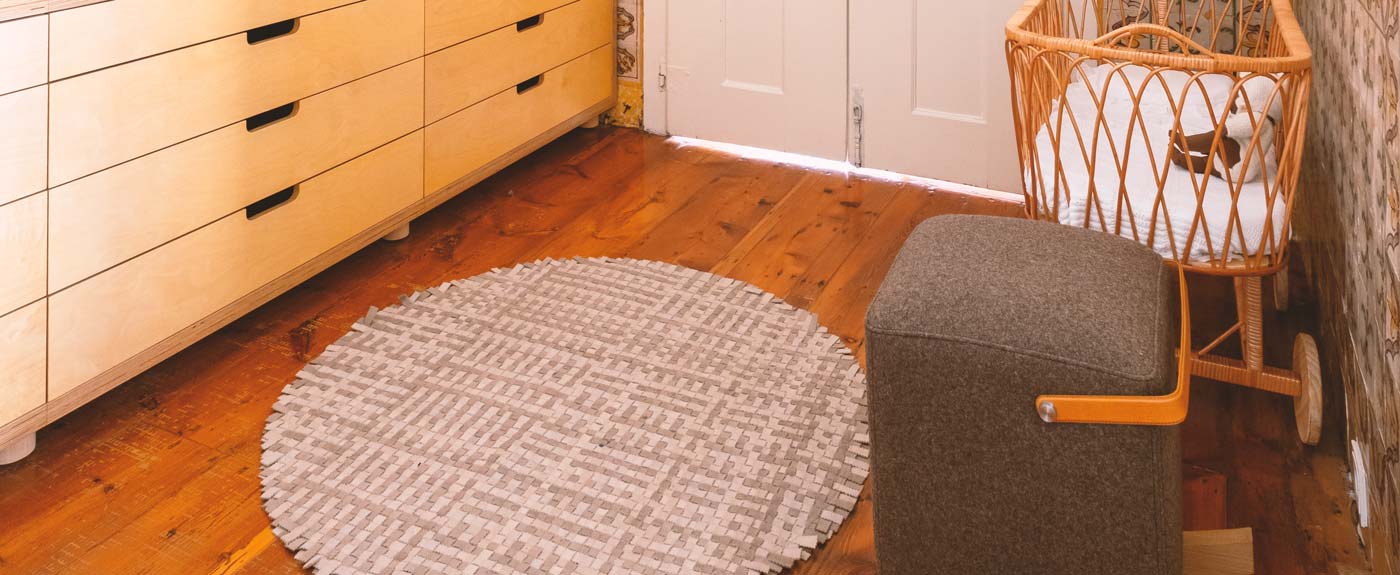
7. What impact do you hope Feltrando products have on the lives of those who acquire them?
R: The impact is emotional and empathetic, through the moment they learn the story behind the product, the identity of the material, and its social component, combined with a slower lifestyle. The piece they acquire is meant to last a lifetime. We believe these components provide well-being and happiness to those who buy our products, promoting a more sustainable way of living.
8. How do you balance your passion for artistic work with the practical demands of running a business? What advice do you have?
R: This is the most challenging relationship, which improves with time and experience. My drive is always to work on the research part, sketching, finding new ideas, new concepts, and defining production processes. The more “tedious” part is the administrative—financial, fiscal, and related aspects. I try to overcome this obstacle with networking, for example, being incubated at OCF, with partners and friends in the field, attending specialised training, and applying a good dose of discipline and organisation.
9. What motivates you to create sustainably?
R: My creative and productive process as a sculptor already showed a great concern for leaving as little waste as possible from any materials I worked with. It was a significant concern. I felt a lot of respect, for example, for the stone that took thousands of years to become the excellent material in front of me; I couldn’t waste it… I think this feeling has always accompanied me and has been optimised with the discovery of felt and the culture related to it, which materialised in Feltrando. The unique and avant-garde legacy of reusing industrial waste, left by the men and women who realised that felt offcuts from hat finishing were a precious resource, resulted in the old strip bags sold at regional fairs. For me, regardless of “trends” and combined with a new way of life, it became a personal mission.
